-
EXECUTIVE SUMMARY
-
MARKET INTRODUCTION
-
Definition
-
Scope of the Study
- Research Objective
- Assumptions
- Limitations
-
RESEARCH METHODOLOGY
-
Overview
-
Data Mining
-
Secondary Research
-
Primary Research
- Primary Interviews
- Breakdown of Primary Respondents
-
and Information Gathering Process
-
Forecasting Model
-
Market Size Estimation
- Bottom-Up Approach
- Top-Down Approach
-
Data Triangulation
-
Validation
-
MARKET DYNAMICS
-
Overview
-
Drivers
-
Restraints
-
Opportunities
-
MARKET FACTOR ANALYSIS
-
Value Chain Analysis
-
Porter’s Five Forces Analysis
- Bargaining Power
- Threat of New Entrants
- Threat of Substitutes
- Intensity of Rivalry
-
of Suppliers
-
5.2.2.
-
Bargaining Power of Buyers
-
COVID-19 Impact Analysis
- Market Impact Analysis
- Regional Impact
- Opportunity and
-
Threat Analysis
-
6.
-
GLOBAL MICROPLASTIC RECYCLING MARKET, BY PRODUCT
-
Overview
-
Primary
-
Secondary
-
GLOBAL MICROPLASTIC RECYCLING MARKET, BY END-USE
-
Overview
-
Packaging
-
Agriculture
-
Consumer goods
-
Textile
-
Automotive &
-
Transportation
-
7.7.
-
Building & Construction
-
Others
-
GLOBAL MICROPLASTIC RECYCLING MARKET, BY REGION
-
Overview
-
North America
- US
- Canada
-
Europe
- Germany
- France
- UK
- Italy
- Spain
- Rest of Europe
-
Asia-Pacific
- China
- India
- Japan
- South Korea
- Australia
- Rest of Asia-Pacific
-
Rest of the World
- Middle East
- Africa
- Latin America
-
COMPETITIVE LANDSCAPE
-
Overview
-
Competitive Analysis
-
Market Share Analysis
-
Major Growth Strategy in the Global Microplastic
-
Recycling Market,
-
9.5.
-
Competitive Benchmarking
-
Leading Players in Terms of Number of Developments in the Global
-
Microplastic Recycling Market,
-
Key developments and Growth Strategies
- New Product Launch/Service Deployment
- Merger & Acquisitions
- Joint Ventures
-
Major Players Financial
- Major Players R&D Expenditure. 2022
-
Matrix
-
9.8.1.
-
Sales & Operating Income, 2022
-
COMPANY PROFILES
-
Carbios
- Company Overview
- Financial Overview
- Products Offered
- Key Developments
- SWOT Analysis
- Key Strategies
-
Purecycle technologies
- Company Overview
- Financial Overview
- Products Offered
- Key Developments
- SWOT Analysis
- Key Strategies
-
Ioniqa
- Company Overview
- Financial Overview
- Products Offered
- Key Developments
- SWOT Analysis
- Key Strategies
-
Calyxia.
- Company Overview
- Financial Overview
- Products Offered
- Key Developments
- SWOT Analysis
- Key Strategies
-
Polygonesystems
- Company Overview
- Financial Overview
- Products Offered
- Key Developments
- SWOT Analysis
- Key Strategies
-
PlanetCare.
- Company Overview
- Financial Overview
- Products Offered
- Key Developments
- SWOT Analysis
- Key Strategies
-
ECOFARIO
- Company Overview
- Financial Overview
- Products Offered
- Key Developments
- SWOT Analysis
- Key Strategies
-
Ocean Diagnostics
- Company Overview
- Financial Overview
- Products Offered
- Key Developments
- SWOT Analysis
- Key Strategies
-
Oceanworks
- Company Overview
- Financial Overview
- Products Offered
- Key Developments
- SWOT Analysis
- Key Strategies
-
Matter
- Company Overview
- Financial Overview
- Products Offered
- Key Developments
- SWOT Analysis
- Key Strategies
-
APPENDIX
-
References
-
Related Reports
-
-
LIST OF TABLES
-
GLOBAL MICROPLASTIC RECYCLING
-
MARKET, SYNOPSIS, 2025 - 2034
-
GLOBAL MICROPLASTIC RECYCLING MARKET, ESTIMATES & FORECAST,
-
GLOBAL MICROPLASTIC RECYCLING MARKET, BY PRODUCT , 2025 - 2034
-
(USD BILLION)
-
TABLE
-
GLOBAL MICROPLASTIC RECYCLING MARKET, BY END-USE, 2025 - 2034 (USD BILLION)
-
NORTH AMERICA:
-
MICROPLASTIC RECYCLING MARKET, BY PRODUCT , 2025 - 2034 (USD BILLION)
-
NORTH AMERICA:
-
MICROPLASTIC RECYCLING MARKET, BY END-USE, 2025 - 2034 (USD BILLION)
-
US: MICROPLASTIC
-
RECYCLING MARKET, BY PRODUCT , 2025 - 2034 (USD BILLION)
-
US: MICROPLASTIC RECYCLING MARKET, BY END-USE,
-
CANADA: MICROPLASTIC RECYCLING MARKET, BY PRODUCT , 2025 -
-
TABLE
-
CANADA: MICROPLASTIC RECYCLING MARKET, BY END-USE, 2025 - 2034 (USD BILLION)
-
EUROPE: MICROPLASTIC
-
RECYCLING MARKET, BY PRODUCT , 2025 - 2034 (USD BILLION)
-
EUROPE: MICROPLASTIC RECYCLING MARKET, BY
-
END-USE, 2025 - 2034 (USD BILLION)
-
GERMANY: MICROPLASTIC RECYCLING MARKET, BY PRODUCT
-
, 2025 - 2034 (USD BILLION)
-
GERMANY: MICROPLASTIC RECYCLING MARKET, BY END-USE, 2025 -
-
TABLE
-
FRANCE: MICROPLASTIC RECYCLING MARKET, BY PRODUCT , 2025 - 2034 (USD BILLION)
-
FRANCE: MICROPLASTIC
-
RECYCLING MARKET, BY END-USE, 2025 - 2034 (USD BILLION)
-
ITALY: MICROPLASTIC RECYCLING MARKET, BY
-
PRODUCT , 2025 - 2034 (USD BILLION)
-
ITALY: MICROPLASTIC RECYCLING MARKET, BY END-USE,
-
SPAIN: MICROPLASTIC RECYCLING MARKET, BY PRODUCT , 2025 -
-
TABLE
-
SPAIN: MICROPLASTIC RECYCLING MARKET, BY END-USE, 2025 - 2034 (USD BILLION)
-
UK: MICROPLASTIC
-
RECYCLING MARKET, BY PRODUCT , 2025 - 2034 (USD BILLION)
-
UK: MICROPLASTIC RECYCLING MARKET, BY END-USE,
-
REST OF EUROPE: MICROPLASTIC RECYCLING MARKET, BY PRODUCT
-
, 2025 - 2034 (USD BILLION)
-
REST OF EUROPE: MICROPLASTIC RECYCLING MARKET, BY END-USE,
-
ASIA-PACIFIC: MICROPLASTIC RECYCLING MARKET, BY PRODUCT ,
-
ASIA-PACIFIC: MICROPLASTIC RECYCLING MARKET, BY END-USE, 2025
-
- 2034 (USD BILLION)
-
TABLE
-
JAPAN: MICROPLASTIC RECYCLING MARKET, BY PRODUCT , 2025 - 2034 (USD BILLION)
-
JAPAN: MICROPLASTIC
-
RECYCLING MARKET, BY END-USE, 2025 - 2034 (USD BILLION)
-
CHINA: MICROPLASTIC RECYCLING MARKET, BY
-
PRODUCT , 2025 - 2034 (USD BILLION)
-
CHINA: MICROPLASTIC RECYCLING MARKET, BY END-USE,
-
INDIA: MICROPLASTIC RECYCLING MARKET, BY PRODUCT , 2025 -
-
TABLE
-
INDIA: MICROPLASTIC RECYCLING MARKET, BY END-USE, 2025 - 2034 (USD BILLION)
-
AUSTRALIA: MICROPLASTIC
-
RECYCLING MARKET, BY PRODUCT , 2025 - 2034 (USD BILLION)
-
AUSTRALIA: MICROPLASTIC RECYCLING MARKET,
-
BY END-USE, 2025 - 2034 (USD BILLION)
-
SOUTH KOREA: MICROPLASTIC RECYCLING MARKET, BY
-
PRODUCT , 2025 - 2034 (USD BILLION)
-
SOUTH KOREA: MICROPLASTIC RECYCLING MARKET, BY
-
END-USE, 2025 - 2034 (USD BILLION)
-
REST OF ASIA-PACIFIC: MICROPLASTIC RECYCLING MARKET,
-
BY PRODUCT , 2025 - 2034 (USD BILLION)
-
REST OF ASIA-PACIFIC: MICROPLASTIC RECYCLING MARKET,
-
BY END-USE, 2025 - 2034 (USD BILLION)
-
REST OF THE WORLD: MICROPLASTIC RECYCLING MARKET,
-
BY PRODUCT , 2025 - 2034 (USD BILLION)
-
REST OF THE WORLD: MICROPLASTIC RECYCLING MARKET,
-
BY END-USE, 2025 - 2034 (USD BILLION)
-
MIDDLE EAST: MICROPLASTIC RECYCLING MARKET, BY
-
PRODUCT , 2025 - 2034 (USD BILLION)
-
MIDDLE EAST: MICROPLASTIC RECYCLING MARKET, BY
-
END-USE, 2025 - 2034 (USD BILLION)
-
AFRICA: MICROPLASTIC RECYCLING MARKET, BY PRODUCT
-
, 2025 - 2034 (USD BILLION)
-
AFRICA: MICROPLASTIC RECYCLING MARKET, BY END-USE, 2025 -
-
TABLE
-
LATIN AMERICA: MICROPLASTIC RECYCLING MARKET, BY PRODUCT , 2025 - 2034 (USD BILLION)
-
LATIN AMERICA:
-
MICROPLASTIC RECYCLING MARKET, BY END-USE, 2025 - 2034 (USD BILLION)
-
LIST OF FIGURES
-
RESEARCH PROCESS
-
MARKET STRUCTURE
-
FOR THE GLOBAL MICROPLASTIC RECYCLING MARKET
-
MARKET DYNAMICS FOR THE GLOBAL MICROPLASTIC
-
RECYCLING MARKET
-
FIGURE
-
GLOBAL MICROPLASTIC RECYCLING MARKET, SHARE (%), BY PRODUCT , 2022
-
GLOBAL MICROPLASTIC
-
RECYCLING MARKET, SHARE (%), BY END-USE, 2022
-
GLOBAL MICROPLASTIC RECYCLING MARKET, SHARE
-
(%), BY REGION, 2022
-
FIGURE
-
NORTH AMERICA: MICROPLASTIC RECYCLING MARKET, SHARE (%), BY REGION, 2022
-
EUROPE: MICROPLASTIC
-
RECYCLING MARKET, SHARE (%), BY REGION, 2022
-
ASIA-PACIFIC: MICROPLASTIC RECYCLING MARKET,
-
SHARE (%), BY REGION, 2022
-
REST OF THE WORLD: MICROPLASTIC RECYCLING MARKET, SHARE (%),
-
BY REGION, 2022
-
FIGURE
-
GLOBAL MICROPLASTIC RECYCLING MARKET: COMPANY SHARE ANALYSIS, 2022 (%)
-
CARBIOS: FINANCIAL
-
OVERVIEW SNAPSHOT
-
FIGURE
-
CARBIOS: SWOT ANALYSIS
-
PURECYCLE TECHNOLOGIES: FINANCIAL OVERVIEW SNAPSHOT
-
PURECYCLE TECHNOLOGIES:
-
SWOT ANALYSIS
-
FIGURE
-
IONIQA: FINANCIAL OVERVIEW SNAPSHOT
-
IONIQA: SWOT ANALYSIS
-
CALYXIA: FINANCIAL OVERVIEW SNAPSHOT
-
CALYXIA: SWOT
-
ANALYSIS
-
FIGURE
-
POLYGONESYSTEMS: FINANCIAL OVERVIEW SNAPSHOT
-
POLYGONESYSTEMS: SWOT ANALYSIS
-
PLANETCARE.:
-
FINANCIAL OVERVIEW SNAPSHOT
-
PLANETCARE.: SWOT ANALYSIS
-
ECOFARIO: FINANCIAL OVERVIEW SNAPSHOT
-
ECOFARIO: SWOT
-
ANALYSIS
-
FIGURE
-
OCEAN DIAGNOSTICS: FINANCIAL OVERVIEW SNAPSHOT
-
OCEAN DIAGNOSTICS: SWOT ANALYSIS
-
OCEANWORKS:
-
FINANCIAL OVERVIEW SNAPSHOT
-
OCEANWORKS: SWOT ANALYSIS
-
MATTER: FINANCIAL OVERVIEW SNAPSHOT
-
MATTER: SWOT
-
ANALYSIS

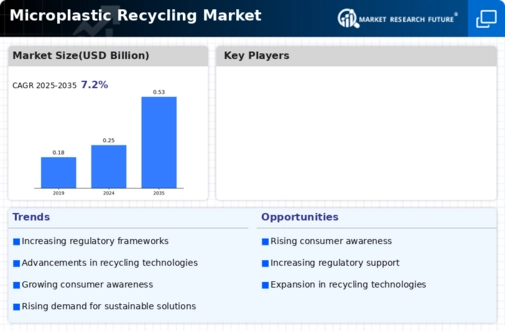

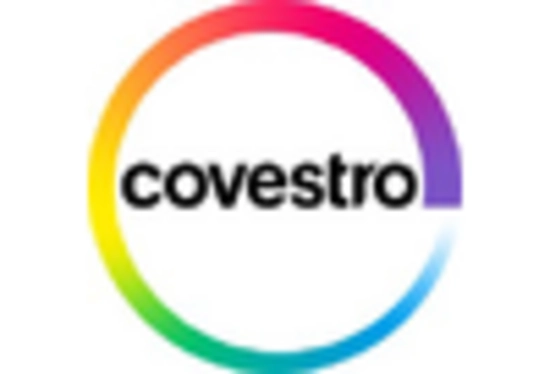
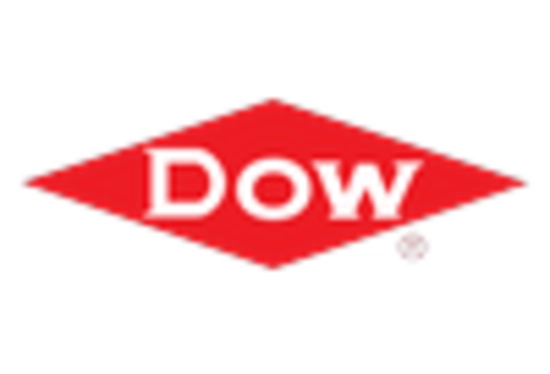
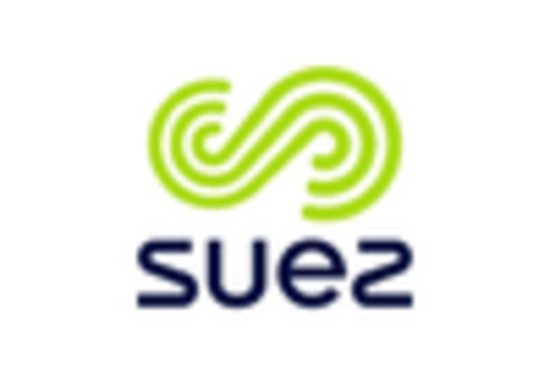

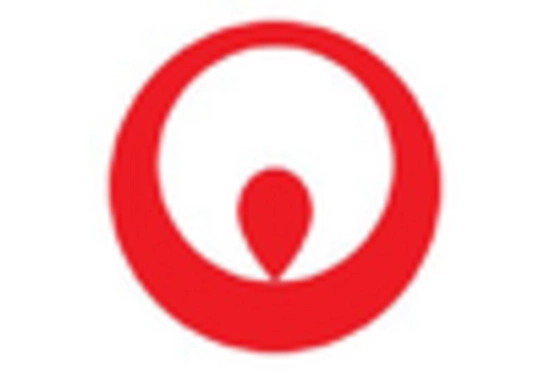

Leave a Comment